Harp Glissandos: How to play 4 different Glissandos on the Harp
Glissandos on the harp sound so impressive, but they’re actually really easy to learn! In this tutorial, I teach you 4 different glissandos on the harp so you can play something beautiful with little effort!
Glissandos are a wonderful thing to learn, especially early on in your harp playing. By the end of this you’re going to sound like an expert! So, grab your harp, and let’s go.
UPWARDS GLISSANDO
The first glissando we’ll be going through today is an upwards glissando.
So we’ve got to get our hands in the right position. Usually when we pluck, we point our fingers down with our thumb up, but for this glissando we have to point our index finger straight forward with the thumb pointing straight up, like those pew pew hand signs. We’re also going to be pulling on the strings differently. Normally we point downwards, so that the string goes diagonally across the index finger, but now we’re going to point the index finger so the string goes straight across it.
Now position your hand so that the palm is facing the harp instead of facing slightly down, so that we can pull our finger straight across the strings. You’ve got to dig in quite a bit while pulling it all the way up.
What we don’t want to have is your hand and wrist ending up in a tensed, locked position at the end of the glissando. I call this the ostrich arm. Instead, what we want for the glissando is to lead with our elbow, as if you’re pulling a bow and arrow. The elbow comes upwards, leading the hand backwards.
If you hear my example, it sounds nice and even, and that comes from a bit of practice. You may find at first your glissandos sounding a bit more uneven. That’s totally fine, and expected. You just need to practice getting it as even as possible – so you will get there! And remember you can start anywhere on your harp, going all the way up.
Now let’s try this all with the left hand (LH). It’s all the same thing: thumb up, index finger pointing straight out, the palm is facing the strings, and remember to lead with your elbow while pulling back. Keep the index finger quite firm while digging into the strings. We don’t want a surface-level sound. We want a nice deep tone, making it as even as possible.
DOWNWARDS GLISSANDO
The next one we’re going to do is a nice long downwards glissando. We’ll be using our thumb.
This has a similar concept regarding the leading finger. We’re going to position our elbow so that our thumb is horizontal with the strings, and we have to push forwards. Keep it nice and even, and keep it at a medium speed. Don’t rush!
Now if you have a lap harp, or a harp that’s much lighter than a floor harp, you may find that as you push, the harp tends to fall forwards! If that’s the case, hold onto the sound-board while you play the downwards glissando.
Let’s try this with the LH. Get the elbow nice and high, then push down digging into the strings.
PRACTICE TIP
When we practice these glissandos we must keep them as controlled as possible. To do that, I suggest working with different speeds and dynamics (louds and softs) to help with the control you want. For example I’m going to play an upwards glissando, and I want it to last over 3 counts. Then I’ll try one for 4 counts. You can play around with different speeds and volume to really improve your control. Make sure to play them smoothly no matter how loud or soft, fast or slow!
MAGIC GLISSANDO TRICK
There is a way to make your strings sound more “magical” when playing a glissando.
The way to make this “magical sound” is to set your levers so that the glissando is a pentatonic scale instead of a normal diatonic scale. Don’t worry if you don’t know exactly what those words mean, I’ll just tell you how to do it!
If your harp is tuned in the key of C, with all the levers down, when you play each note it’ll sound like a C major scale. What you need to do now is put all your E levers & B levers UP all across the harp and then you get the magical sound!
If your harp is tuned in the key of Eb, you need to put all your D levers & G levers UP all across the harp to also get the magical sound.
OVERLAPPING GLISSANDO
For an overlapping glissando I keep my levers set up to make the magical sound, but you can do this without levers.
So for this one, we’re going to start with the one hand and go a little way up, then before we finish, we continue with the other hand starting a little lower, also going up. Repeat this little process until you’ve reached the end at the top.
You can also do this on the way down. Starting with a thumb, and then the other thumb carries on starting a bit back (higher) and so on.
A downwards glissando doesn’t really sound nice when it just ends at the bottom, so what I like to do is change direction and go up again. I start going down, then when I reach the point where it doesn’t feel comfortable to end, I quickly turn around and go back up with the other hand.
INFINITY GLISSANDO
The fourth glissando I want to teach you is what I like to call infinity glissandos. This is because you kind of make an “infinity sign” (sideways 8). I do this glissando with my right hand (RH).
As we do a normal glissando you’ll notice we go downwards, but with this infinity glissando, as you go down you get to a point where you do an uphill scoop. You open up your finger and start coming around, starting the bottom of that infinity sign to now come back uphill. When you get near the top, you go extra uphill to make that little loop, then bringing your thumb onto the string, you go back down again, with a smooth transition.
The idea with this glissando is to have no gap in the sound as we loop around. You’re going to try close that gap when going uphill with the thumb by sticking your index finger out before the thumb finishes to loop around and continue. Practice it slowly! As you get to the top your index finger naturally closes towards the thumb before the thumb takes over, and that is okay. The same happens when going down, your hand will tilt slightly before the index finger takes over from the thumb.
This glissando takes quite a bit of practice to get the technique comfortable, and to be honest I could even do with more practicing!
GLISSANDO SYMBOLS
An upwards glissando in sheet music looks like an uphill diagonal squiggly line (left – right), or just a diagonal line with the word “gliss” above it. A downwards glissando on sheet music looks like a downhill line (swiggley or just diagonal with gliss on it).
Some music requires you to glissando from a very specific top or bottom note, but most of the time you can start it generally anywhere (depending on the chord), just look for how far down or high up the beginning of the line is to get an idea of where to start.
For now you don’t need to worry too much about this, just keep practicing your beautiful glissandos, and don’t tell anyone how easy they are!
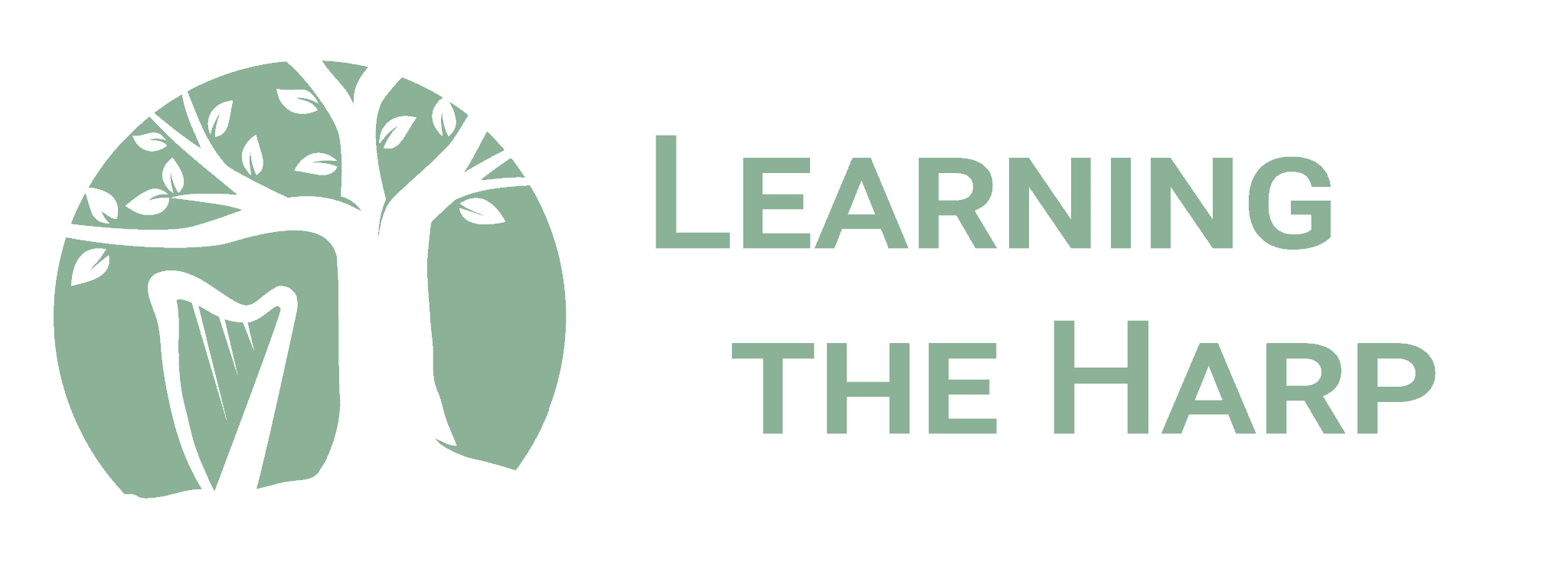
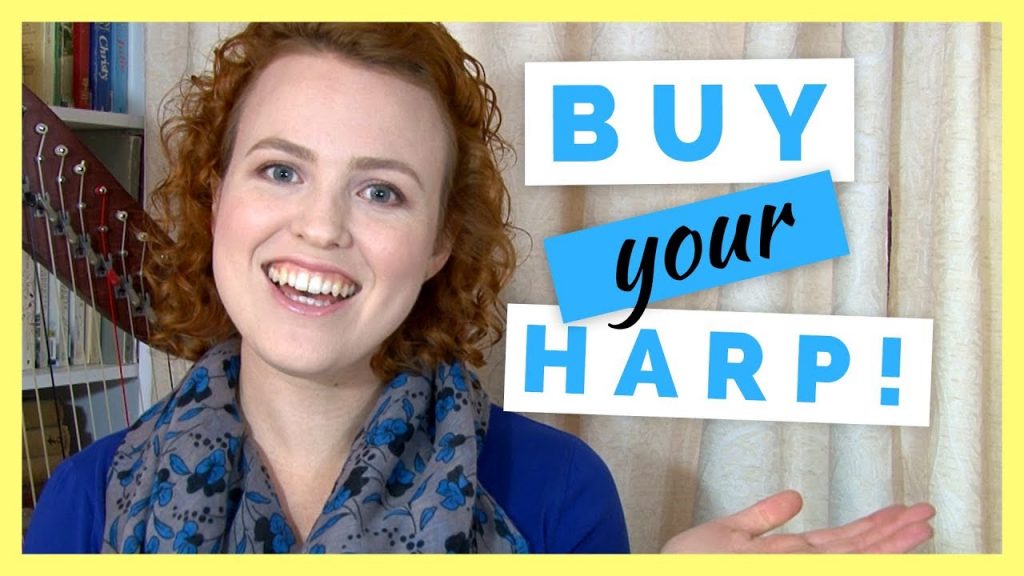
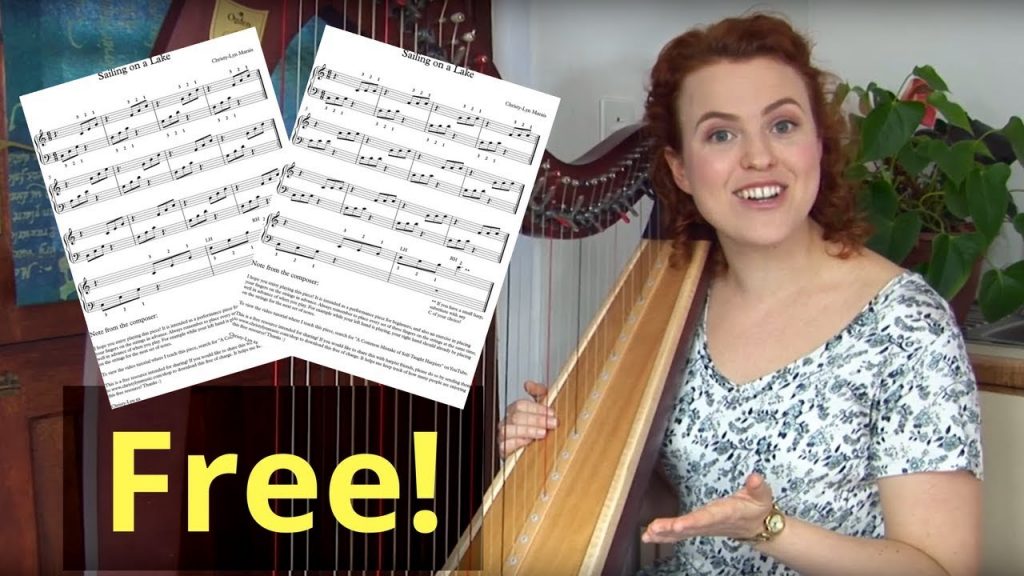
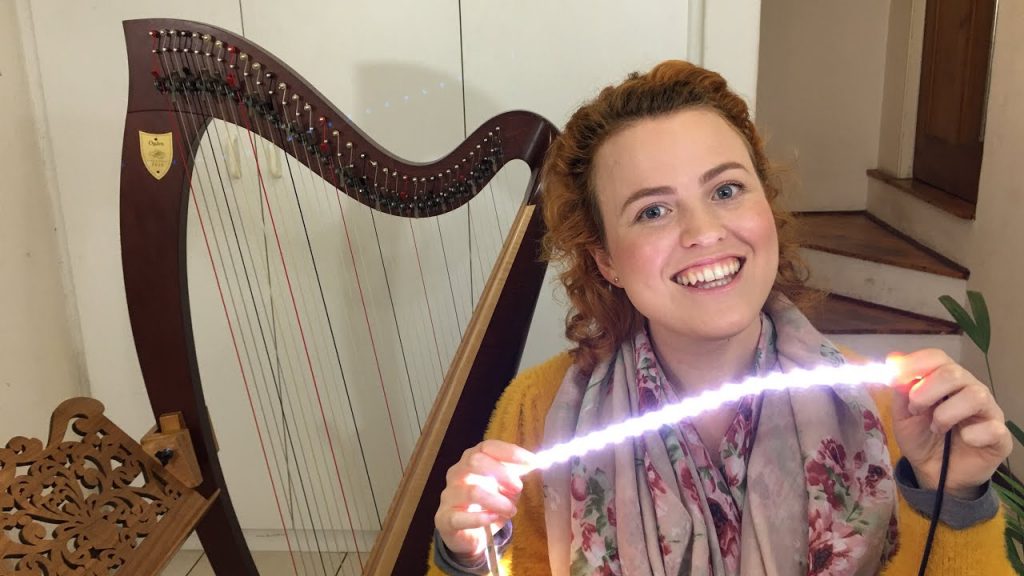
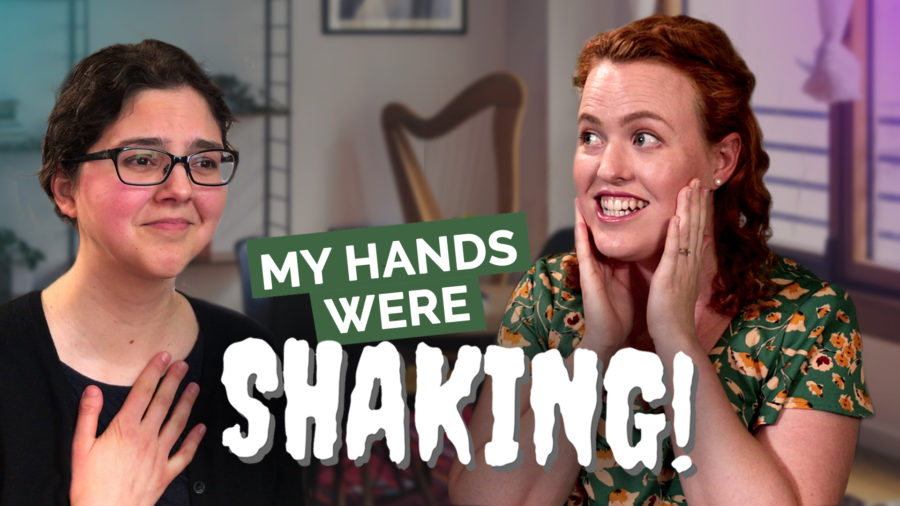
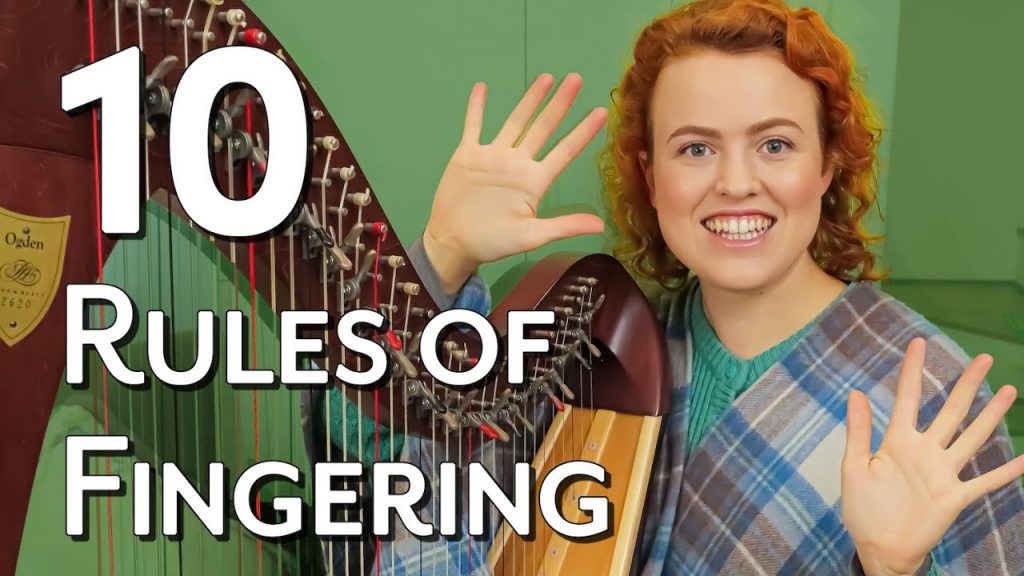

I am so amazed that this glissando sounds like heaven! I will play these styles endlessly 🥰👏🎶.
That’s an awesome point
You made some clear points there. I looked on the internet for the issue and found most people will agree with your blog.